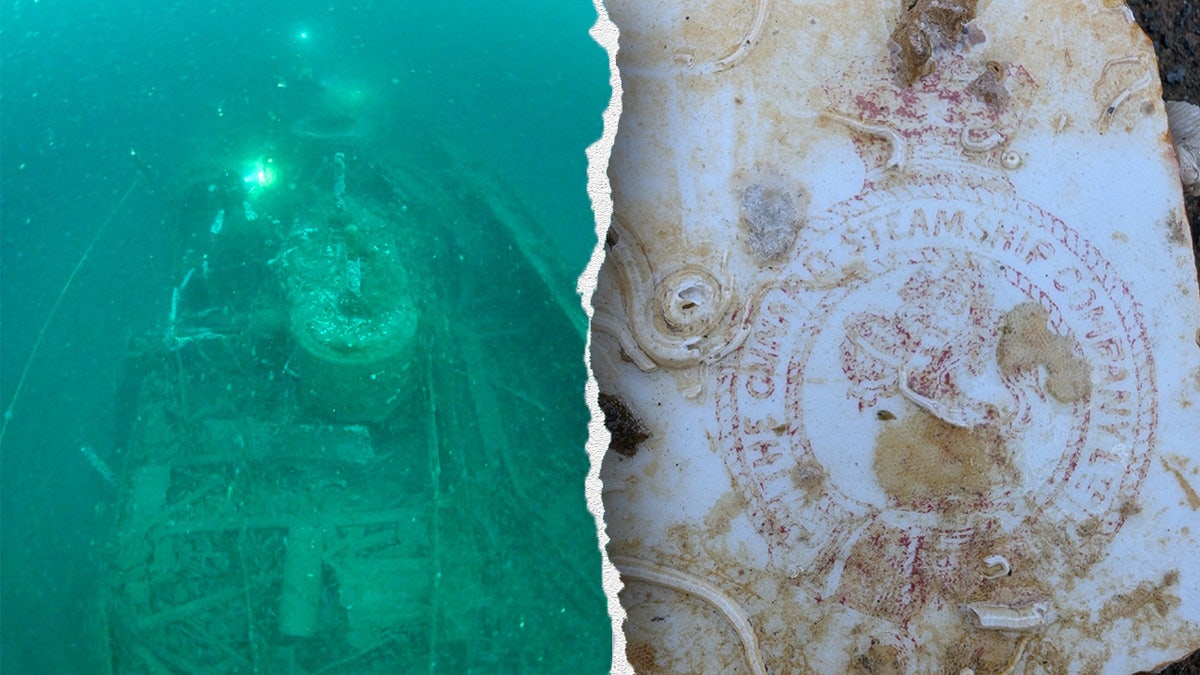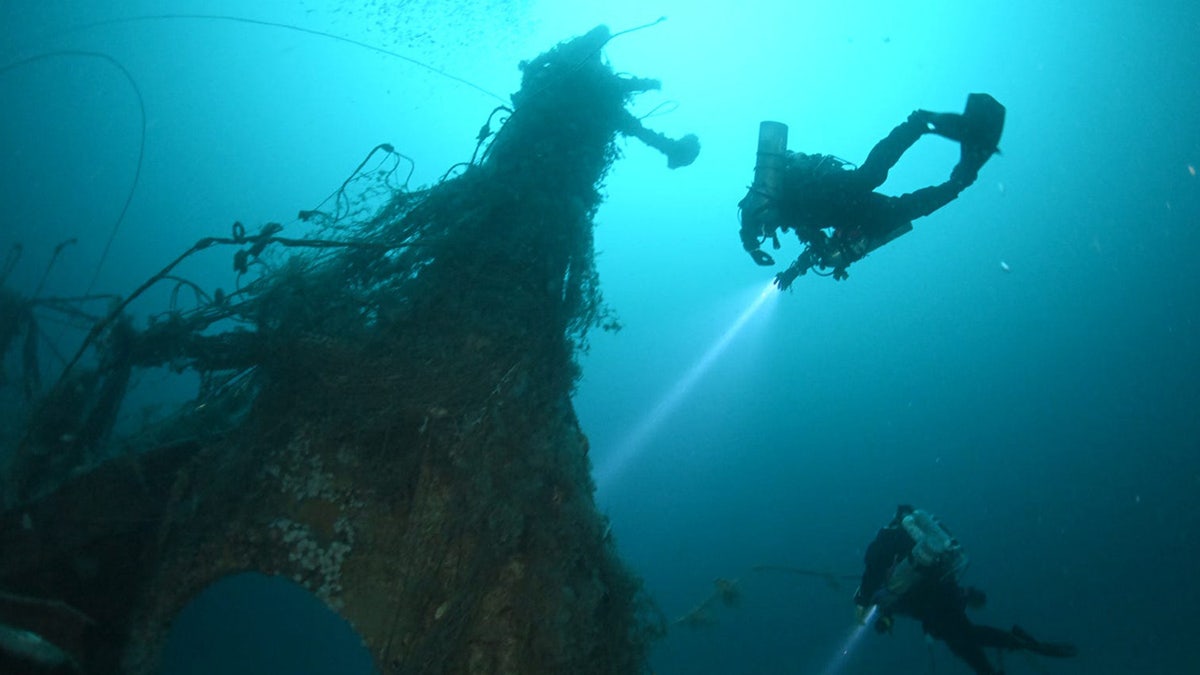18 July 2025:
July is half way done and the weather is still pretty squirrelly here in the northeast with serious storms, heat, and humidity. Summer can be exciting at times! For whatever the reason there seem to be a fair number of recreational boats still on the hard, but ours is most assuredly not! Having some lovely excursions between bouts of unkind weather; the cold will be here soon enough and we need to get in as much "water time" as we can. Here's a piece from Fox News about a 140 year old wreck that was recently identified.
~~~~~~~~~~~~~
Ship remained hidden on ocean floor since fatal 1888 collision
Divers recently identified a long-lost ship that capsized almost 140 years ago – all thanks to one broken piece of crockery.
Dominic Robinson, a former British Army officer based in Plymouth, England, identified the wreck as the SS Nantes. The ship was built in Glasgow, Scotland, in 1874.
Robinson, who served as a military helicopter pilot, told Jam Press the
vessel collided with the German-flagged Theodor Ruger ship in 1888.
"It was, when it was sunk, on passage from Liverpool to La Havre, in France, carrying [a] cargo of coal," Robinson told the news agency.
The accident proved deadly, as most of the Nantes' crew died in the English Channel.
Former British Army officer Dominic Robinson identified the SS Nantes shipwreck, thanks to a broken plate. (Jam Press)
"Sadly, pretty much everybody who was on board the Nantes died," Robinson said.
"It drifted for several hours, before it finally made its way to the bottom, sadly, with many of its crewmen on board."
Robinson noted that three people survived the wreck: two men who jumped onto the Theodor Ruger, and another who stayed on the Nantes and tried to keep the vessel afloat.
"Unfortunately, the Nantes went down about 10 hours later in the early hours of the morning and he was the only person who was picked up from that," the explorer said.
"It's quite a sad story."

The ship remained unseen for almost 140 years. A local dive team came across the wreck last year, but its name was unknown until now.
The key to identifying the ship was a broken plate bearing the logo of the Cunard Line, a historic British cruise line.
Robinson said that, to identify the ship, "you try to find a list of all the Cunard ships that were sunk."
"You then try and narrow them down to, to a relatively small one, and an old one," he said.
"We obviously know where it sank, so if you can find information about the sinking and the wreck that aligns all those things up, then it's fairly straightforward to identify it."
Thanks to information from the UK Hydrographic Office, the team was also able to verify the length of the Nantes, which measured roughly 260 feet.

Ascertaining the wreck's length was crucial to the ship’s identification, along with the Cunard plate.
"Not surprisingly, [the plate] is what gave us the most significant clue," he said.
The discovery comes as marine archaeologists worldwide are unearthing countless shipwrecks every year.
~~~~~~~~~~~~~~~~~~~~~~~~~~
Sometimes it's the smallest thing that provides the eureka! moment! There are countless stories of dogged research that has led to an important discovery. Well done Dominic Robinson!
Until next time.
Fair Winds,
Old Salt





